Navigation
Install the app
How to install the app on iOS
Follow along with the video below to see how to install our site as a web app on your home screen.

Note: This feature currently requires accessing the site using the built-in Safari browser.
More options
You are using an out of date browser. It may not display this or other websites correctly.
You should upgrade or use an alternative browser.
You should upgrade or use an alternative browser.
The beauty of a photograph- raw or edited?
- Thread starter thefreethinker31
- Start date
unpopular
Been spending a lot of time on here!
As a result even a processed RAW photo can look different when only the white balance is set when you use different software approaches.
Here is a godo example of this. Below are two renderings of the same raw file. The first is processed with Photoline's built in and rather lousy RAW processor, the other is processed using RPP. As you can see, processing in this case made an huge difference in resolution and sharpness. Furthermore, straight out of the processor, the shadows are also rendered differently. One would think that if the data a processor is fed is the same, the results will always be the same. But in reality, this is far from the truth.
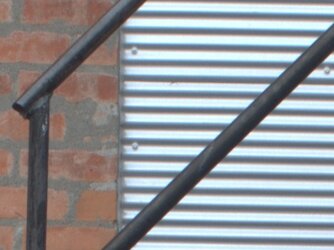
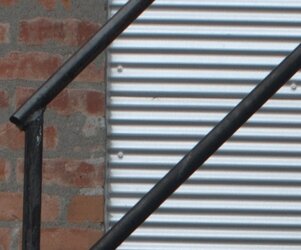
Noise is rendered even more dramatically different.
Last edited:
- Joined
- May 1, 2008
- Messages
- 25,422
- Reaction score
- 5,003
- Location
- UK - England
- Website
- www.deviantart.com
- Can others edit my Photos
- Photos OK to edit
On theory I have for the differences in the differences of view (as Unpopular is showing) is that 0 isn't really the same 0 on different RAw processors. 0 contrast on one program might be at a different point to 0 contrast on another. As a result even when a user sets the numbers to the same values, the actual view adjusts.
It should be noted that, with adjusting the values, most RAW processors will give the same resulting image - differences between them after editing are often so marginal as to be impossible to notice. Furthermore it should be noted that most of the differences tend to be only present on very specific types of photo (the nature of which are such that you can't "shoot" this type of photo with intent in any situation).
As a result most users are pretty free to choose whatever RAW processing software suits your needs.
It should be noted that, with adjusting the values, most RAW processors will give the same resulting image - differences between them after editing are often so marginal as to be impossible to notice. Furthermore it should be noted that most of the differences tend to be only present on very specific types of photo (the nature of which are such that you can't "shoot" this type of photo with intent in any situation).
As a result most users are pretty free to choose whatever RAW processing software suits your needs.
- Joined
- Sep 2, 2005
- Messages
- 14,455
- Reaction score
- 3,328
- Can others edit my Photos
- Photos OK to edit
If you shoot in raw it HAS to be processed at the very least. Processing is subjective.
If you shoot in jpeg the camera edits-and you can somewhat control that also.
If you shoot film it must be developed, the way that it is developed has a major impact upon how you see the image. It's also subjective to the developer.
So, would you like to start over? Because there is no such thing.
Quoted for emphasis.
But I assume OP means "heavily edited", though that's sort of a slippery slope.
unpopular
Been spending a lot of time on here!
On theory I have for the differences in the differences of view (as Unpopular is showing) is that 0 isn't really the same 0 on different RAw processors. 0 contrast on one program might be at a different point to 0 contrast on another. As a result even when a user sets the numbers to the same values, the actual view adjusts.
It should be noted that, with adjusting the values, most RAW processors will give the same resulting image - differences between them after editing are often so marginal as to be impossible to notice. Furthermore it should be noted that most of the differences tend to be only present on very specific types of photo (the nature of which are such that you can't "shoot" this type of photo with intent in any situation).
As a result most users are pretty free to choose whatever RAW processing software suits your needs.
Yes and no. The other problem is that of masking and interpolation. I will never be able to get the resolution from RPP in PL, because it uses very precise math to accomplish this (at the expense of real-time feedback). Because color and tonality is intrinsic RGB values, and that is determined by how the mask is re-assembled, variation will exist from one algorithm to another.
Trever1t
Been spending a lot of time on here!
- Joined
- Dec 30, 2010
- Messages
- 9,331
- Reaction score
- 2,722
- Location
- San Jose, CA
- Website
- wsgphotography.com
- Can others edit my Photos
- Photos NOT OK to edit
Perhaps my comment was flippant but a simple search here or anywhere would pony up all the same information....
unpopular
Been spending a lot of time on here!
variation will exist from one algorithm to another.
But what I don't understand is why noise is rendered so dramatically different from one processor to another. Again, the first is PL's mushy mess, the second is RPP, tight, peppery and almost (dare I say it) rodinal-esque:
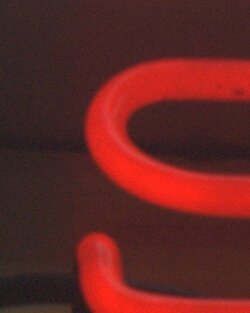
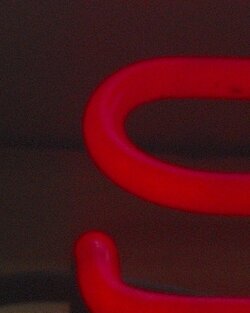
(be sure to click for full size and accurate color)
Last edited:
thefreethinker31
TPF Noob!
- Joined
- Nov 12, 2012
- Messages
- 11
- Reaction score
- 0
Every photograph is "edited" in some sense. The question is where you stop, not whether you do it or not.
Agreed. I'm sorry for my wrong terminology. Perhaps stopping to edit at an early photo developmental stage I would consider it to be raw in this thread. Thank you so much.
thefreethinker31
TPF Noob!
- Joined
- Nov 12, 2012
- Messages
- 11
- Reaction score
- 0
If you shoot in raw it HAS to be processed at the very least. Processing is subjective.
If you shoot in jpeg the camera edits-and you can somewhat control that also.
If you shoot film it must be developed, the way that it is developed has a major impact upon how you see the image. It's also subjective to the developer.
So, would you like to start over? Because there is no such thing.
Yes you are very correct. I'm sorry for my wrong terminology.
fjrabon
Been spending a lot of time on here!
- Joined
- Nov 3, 2011
- Messages
- 3,644
- Reaction score
- 754
- Location
- Atlanta, GA, USA
- Can others edit my Photos
- Photos OK to edit
In the end, I only care about the process that led to the image from a photographic knowledge standpoint. ie I care because I am a photographer and like to learn about the process so that I can improve as a photographer.
HOWEVER, I don't think the process that led to an image should be taken into account at all when evaluating the strength of a visual image. If you don't like a certain 'look' sure, that's fine, but you shouldn't not like it because of how it got there, but only because you don't like the look on its own aesthetic merits.
The image is the thing, not the process.
HOWEVER, I don't think the process that led to an image should be taken into account at all when evaluating the strength of a visual image. If you don't like a certain 'look' sure, that's fine, but you shouldn't not like it because of how it got there, but only because you don't like the look on its own aesthetic merits.
The image is the thing, not the process.
thefreethinker31
TPF Noob!
- Joined
- Nov 12, 2012
- Messages
- 11
- Reaction score
- 0
Yup, every photo is editied in some way, whether it is by your camera or by a human. Maybe you mean you like photo's that aren't enhanced? That could be a whole different story..
Yes, enhanced would be the most appropriate term instead. So let me rephrase-
I for one like the rawness of a photograph by not enhancing it too much- the simplicity and reality shows the real picture.
Thank you so much, I stand corrected.
Thank you so much, I stand corrected.
thefreethinker31
TPF Noob!
- Joined
- Nov 12, 2012
- Messages
- 11
- Reaction score
- 0
Beginners often have such high regard for raw "untouched" images. As they progress, they know better.
Well noted
fjrabon
Been spending a lot of time on here!
- Joined
- Nov 3, 2011
- Messages
- 3,644
- Reaction score
- 754
- Location
- Atlanta, GA, USA
- Can others edit my Photos
- Photos OK to edit
some of the most heavily edited photographs you will ever see can look extremely natural. In fact, a lot of the most natural looking photos you see in fact must be edited heavily, because our eyes work differently than cameras do.
Light HDR for instance makes an image look more realistic, not less, because the HVPS (human visual processing system) uses something sort of like HDR to construct our visual images through our saccades.
Light HDR for instance makes an image look more realistic, not less, because the HVPS (human visual processing system) uses something sort of like HDR to construct our visual images through our saccades.
thefreethinker31
TPF Noob!
- Joined
- Nov 12, 2012
- Messages
- 11
- Reaction score
- 0
As a result even a processed RAW photo can look different when only the white balance is set when you use different software approaches.
Here is a godo example of this. Below are two renderings of the same raw file. The first is processed with Photoline's built in and rather lousy RAW processor, the other is processed using RPP. As you can see, processing in this case made an huge difference in resolution and sharpness. Furthermore, straight out of the processor, the shadows are also rendered differently. One would think that if the data a processor is fed is the same, the results will always be the same. But in reality, this is far from the truth.
View attachment 25722
View attachment 25723
Noise is rendered even more dramatically different.
Yes, there is a huge difference between the two considering that it was processed under photoline and RPP. New lesson learned, thank you very much.
Similar threads
- Replies
- 11
- Views
- 1K
- Replies
- 20
- Views
- 2K
- Replies
- 7
- Views
- 2K

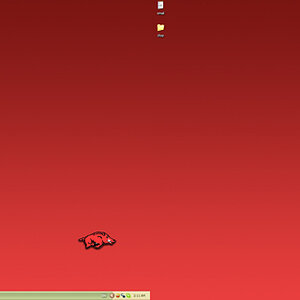
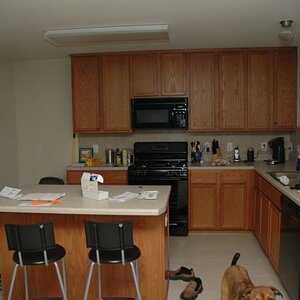
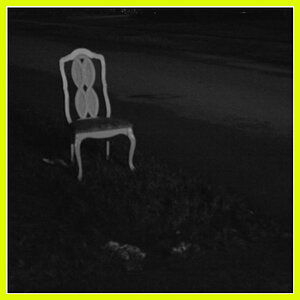

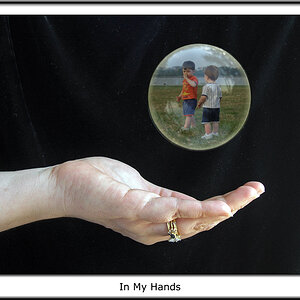
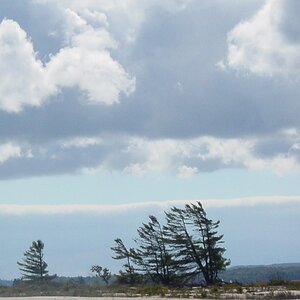

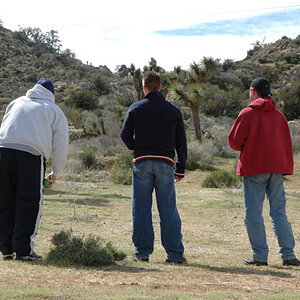
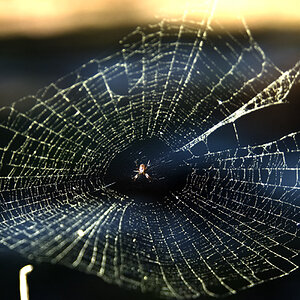
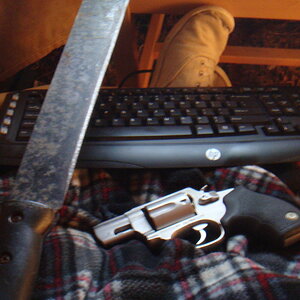
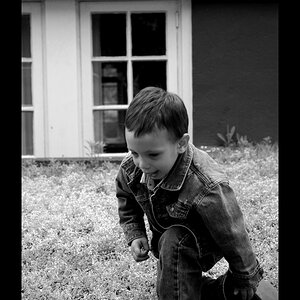
![[No title]](/data/xfmg/thumbnail/37/37619-ccc825bbe41ff30b1d1e808dec8d6932.jpg?1619738152)